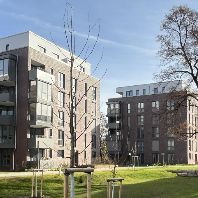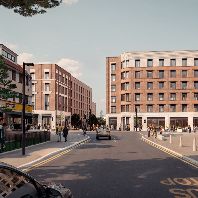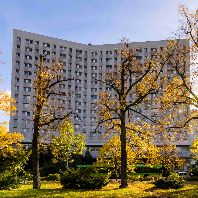The take-up of office floorspace in Madrid amounted to 103,000m² in the first three months of 2016, according to BNP Paribas Real Estate. Having achieved in 2015 its best figures since the beginning of the crisis, the volume of square metres let during Q1 2016 neared the 118,000m² recorded the previous year. The capacity of the office market for organic growth was noteworthy, due to the lack of large-scale transactions between January and March 2016.
There are signs of the reactivation of construction projects, these having been absent over the last 5 years. It is anticipated that 93,000m² of office space will be delivered in 2016, originating from both new build and refurbishment. New developments will grow in terms of yield given the current level and outlook for rents in Madrid.
The average rental price in Madrid continues to move upwards and rose some 8% in y-o-y terms. This, according to BNP Paribas Real Estate, is due to the scarcity of available, quality spaces putting upward pressure on the rents for new deals seeking offices with energy certification.
For its part, prime rent maintained the upward trend begun during mid-2013 and in the first quarter of the year reached €29/m² per month. This represents quarterly growth of 3% and annual growth of 9%, as well as the sixth increase over the last seven quarters. The scarcity of modern offices in the central business district and the increase in economic activity are driving this growth.
The vacancy rate stood at 15.2% between January and March, representing a fall of half a percentage point in comparison with the close of 2015. Although this value is high when compared to the historic average (9%), it is anticipated that it will continue to move downwards throughout the year and will close at around 13% - 14%.
BNP Paribas Real Estate considers the growth in the average floorspace per deal to be a further sign of the robust health of the office market. Between 2010 and 2015, the average floor area per office transacted hovered around 600m², whereas this figure amounted to almost 850m² during the first quarter of 2016. This reflects the greater levels of activity on the part of companies located in the capital city. This rise has also been accompanied by an increased number of deals. Since 2015, each quarter has seen the closure of an average of 100 contracts, as opposed to 60-70 for the period 2009-2014.
Ilan Dalva, director of the offices division of BNP Paribas Real Estate in Spain, said: “Decentralised zones have grown in prominence, attracting two thirds of deals. It is notable how the trend seen during the crisis, where the majority of transactions were closed within the M-30 ring road, is being reversed.
“During recent years, companies moved towards the city centre because, given their cost structuring, they were able to lease in the city centre at almost the same price as outside the M-30. Moreover, the current offering of quality spaces of a size adequate for corporate demand is meagre, thus transferring demand to outside of the central ring road.”
With rents on the rise, it is anticipated that this share-out according to zones will continue over the coming quarters as the vacant spaces on the Castellana-Recoletos thoroughfare and central zones dry up.















